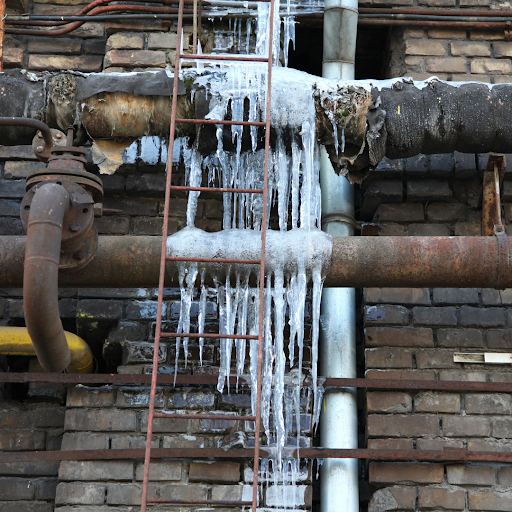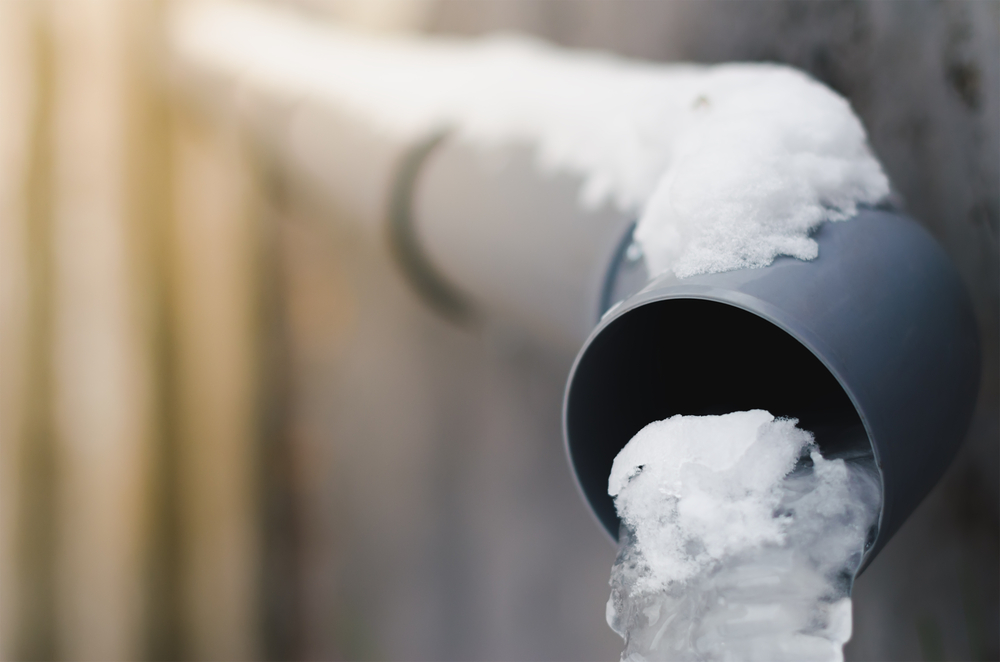Important Tips for Avoiding Frozen Pipes in Cold Weather Seasons
Important Tips for Avoiding Frozen Pipes in Cold Weather Seasons
Blog Article
They are making a few good annotation regarding Helpful Tips to Prevent Frozen Pipes this Winter in general in this content which follows.

Cold weather can wreak havoc on your plumbing, particularly by freezing pipes. Below's exactly how to stop it from happening and what to do if it does.
Introduction
As temperature levels drop, the danger of frozen pipelines rises, possibly leading to costly repair work and water damage. Comprehending just how to prevent frozen pipes is vital for home owners in cool environments.
Prevention Tips
Protecting susceptible pipes
Cover pipelines in insulation sleeves or utilize warmth tape to secure them from freezing temperature levels. Concentrate on pipes in unheated or external areas of the home.
Home heating strategies
Keep interior areas effectively warmed, particularly areas with plumbing. Open up closet doors to enable cozy air to flow around pipelines under sinks.
Just how to determine frozen pipelines
Look for lowered water circulation from faucets, unusual odors or noises from pipes, and noticeable frost on subjected pipelines.
Long-Term Solutions
Structural adjustments
Think about rerouting pipes away from exterior walls or unheated areas. Add added insulation to attic rooms, cellars, and crawl spaces.
Updating insulation
Invest in premium insulation for pipelines, attic rooms, and walls. Proper insulation assists maintain consistent temperatures and lowers the threat of icy pipes.
Protecting Outdoor Pipes
Yard tubes and outside taps
Detach and drain pipes yard hoses before winter months. Install frost-proof spigots or cover exterior faucets with insulated caps.
Comprehending Icy Pipelines
What creates pipes to freeze?
Pipes ice up when revealed to temperatures below 32 ° F (0 ° C) for prolonged durations. As water inside the pipelines freezes, it broadens, taxing the pipeline wall surfaces and possibly creating them to break.
Risks and damages
Frozen pipelines can lead to supply of water interruptions, residential property damages, and pricey repair services. Ruptured pipes can flood homes and cause comprehensive structural damage.
Indicators of Frozen Piping
Determining frozen pipes early can stop them from rupturing.
What to Do If Your Pipes Freeze
Immediate activities to take
If you believe frozen pipes, keep faucets open up to ease pressure as the ice thaws. Use a hairdryer or towels taken in hot water to thaw pipelines slowly.
Conclusion
Stopping frozen pipelines requires aggressive steps and fast reactions. By recognizing the causes, indications, and safety nets, house owners can shield their plumbing during winter.
5 Ways to Prevent Frozen Pipes
Drain Outdoor Faucets and Disconnect Hoses
First, close the shut-off valve that controls the flow of water in the pipe to your outdoor faucet. Then, head outside to disconnect and drain your hose and open the outdoor faucet to allow the water to completely drain out of the line. Turn off the faucet when done. Finally, head back to the shut-off valve and drain the remaining water inside the pipe into a bucket or container. Additionally, if you have a home irrigation system, you should consider hiring an expert to clear the system of water each year.
Insulate Pipes
One of the best and most cost-effective methods for preventing frozen water pipes is to wrap your pipes with insulation. This is especially important for areas in your home that aren’t exposed to heat, such as an attic. We suggest using foam sleeves, which can typically be found at your local hardware store.
Keep Heat Running at 65
Your pipes are located inside your walls, and the temperature there is much colder than the rest of the house. To prevent your pipes from freezing, The Insurance Information Institute suggests that you keep your home heated to at least 65 degrees, even when traveling. You may want to invest in smart devices that can keep an eye on the temperature in your home while you’re away.
Leave Water Dripping
Moving water — even a small trickle — can prevent ice from forming inside your pipes. When freezing temps are imminent, start a drip of water from all faucets that serve exposed pipes. Leaving a few faucets running will also help relieve pressure inside the pipes and help prevent a rupture if the water inside freezes.
Open Cupboard Doors
Warm your kitchen and bathroom pipes by opening cupboards and vanities. You should also leave your interior doors ajar to help warm air circulate evenly throughout your home.

As a person who reads about How to Prevent Your Pipes From Freezing, I imagined sharing that post was appropriate. In case you liked our blog post please be sure to share it. Many thanks for being here. Return soon.
Book Service Now Report this page